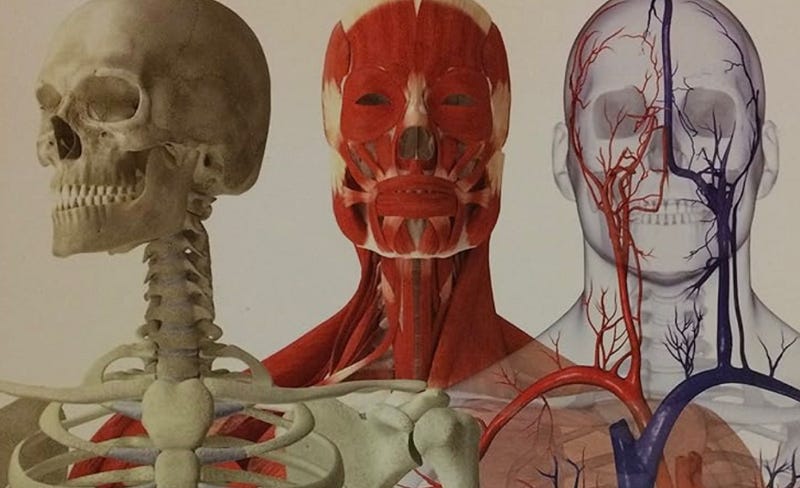The Human Body: Nature's Most Remarkable Machine
Written on
Chapter 1: The Body as a Marvelous Machine
The human body stands as a testament to nature's ingenuity, operating as the most sophisticated and effective machine ever conceived. Each day, it carries out a multitude of processes effortlessly, from the rhythmic beating of our hearts to the intricate functions of our nervous system. This remarkable entity we inhabit is a biological wonder, perpetually adapting, healing, and evolving.
In contrast to any artificial creation, the human body is both self-sustaining and self-repairing, embodying the elegance of natural design. We should cultivate a sense of admiration for the complexity and marvel of our physical form. Whether it's the precision of our movements, the acuity of our senses, or the robustness of our immune system, the human body is indeed the ultimate machine.
Man-made devices, ranging from simple clocks to intricate computers, are engineered for specific tasks. They are products of human creativity, designed to execute functions efficiently and often at a pace beyond human capability. While these machines can be extraordinarily precise, powerful, and durable—making them essential in various fields and everyday life—they are constrained by their design and depend on external power sources. They require regular upkeep and cannot self-repair or adapt to changing circumstances without human involvement.

Section 1.1: Our Senses as Machines
Let’s delve into how our sensory organs function like sophisticated machines:
Eyes: The Visual Apparatus
- Lens: Focuses incoming light onto the retina, akin to an adjustable camera lens.
- Retina: Houses photoreceptors that convert light into electrical impulses, similar to digital sensors.
- Optical Nerve: Transmits visual data from the retina to the brain, much like a data cable transfers signals to a computer.
- Cornea and Iris: Regulate light entry and focus, analogous to a camera's aperture and focus settings.
Ears: The Auditory and Balance System
- Pinna: Collects and channels sound waves into the ear canal, similar to a microphone.
- Ossicles: Amplify and convey sound vibrations, akin to gears in mechanical amplifiers.
- Cochlea: Transforms sound vibrations into electrical signals, much like a transducer.
- Vestibular System: Senses head movements to maintain balance, functioning like an accelerometer or gyroscope.
Nose: The Olfactory System
- Nasal Cavity: Filters and conditions air, comparable to a ventilation system.
- Olfactory Receptors: Detect odor molecules and convert them into electrical impulses, similar to specific substance sensors.
- Olfactory Bulb: Processes odor signals and relays them to the brain, much like a data signal processor.
Tongue: The Taste Mechanism
- Taste Buds: Identify various flavors and transform them into electrical signals, much like an array of sensors.
- Papillae: House taste buds and increase surface area for enhanced detection, similar to sensors in measuring devices.
- Nerve Pathways: Convey taste information to the brain, akin to communication lines transmitting data.
Skin: The Tactile Interface
- Receptors: Sense touch, temperature, and pain, analogous to sensors measuring various stimuli.
- Epidermis and Dermis: Provide protection and contain sensory receptors, similar to a protective casing for sensors.
- Nerve Endings: Relay tactile data to the brain, like circuits transmitting information to processing units.
Chapter 2: Movement: A Celebration of Capability
In this fascinating National Geographic video, we explore the wonders of the human body, showcasing its incredible capabilities as a biological machine.
Every movement we make, from simple stretches to intricate routines, celebrates our potential. Each day, our muscles, joints, and bones collaborate in perfect synchrony, enabling us to dance, run, climb, and push our limits.
The human body is an astonishing machine, yet many people only tap into its full potential as far as their mindset allows them.
In this engaging "Let's Play" episode, we delve into the mechanics of The Incredible Machine, drawing parallels to the extraordinary capabilities of our own bodies.